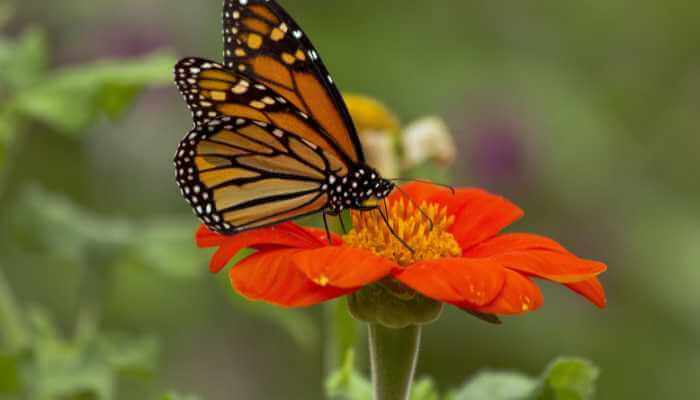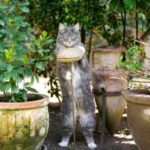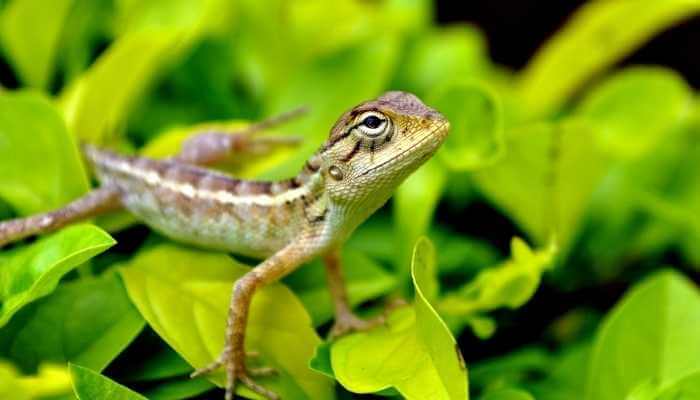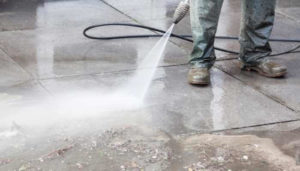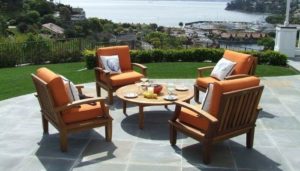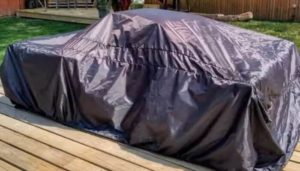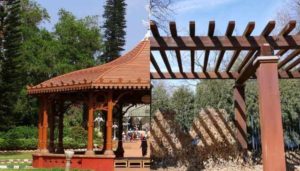Butterflies are beautiful creatures, and they’re also excellent pollinators. It’s no wonder so many people want to have them around. So, how exactly can we get butterflies into our backyard?
Butterflies are most attracted to plants with flowers that are vibrant (especially blues and purples), have high nectar content, and have the easiest access to that nectar. Three of the best plants are butterfly bushes, colorful daisies, and creeping phlox.
Butterflies are among the most popular insects to attract in your garden because they’re both beautiful and beneficial. And I’m about to tell you the best plants for attracting them.
The Secrets to attracting butterflies
The best garden plants for attracting butterflies have vibrant flowers that are easy to see. I attract butterflies using those bright colors of the rainbow. If you want a plant that will attract butterflies, they seem partial to blue or purple flowers. But they will also stray toward yellow or multi-colored flowers when they have to.
Nectar-rich flowers are also a commodity that butterflies will appreciate. Instead of a tongue, the butterfly has a long straw-like mouth called a proboscis. They will be drawn to and return to flowers with shapes that are easy for the butterfly proboscis to maneuver into.
Even though butterflies migrate, many have a set path, and some don’t go very far. Therefore, as a species, the same plants often attract them year after year. If you plant native wildflowers that grow in your area, butterflies will most likely flock to them more than other flowers. Just be sure they bloom when butterflies are most active. That would be during the spring and summer seasons.
Which Flowers Do Butterflies Like the Most?
This is often going to depend on where you live, but I am using information from living in the United States, predominantly the east and south-eastern states for this article. I’m including scientific and family names so that these can be looked up and perhaps a variety of the flower can be found to grow well in your region as well.
Butterfly bush (Buddleia davidii)
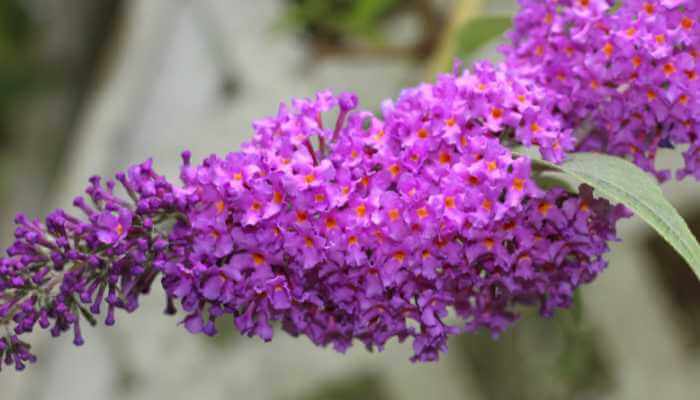
The Butterfly Bush is a flowering, deciduous shrub. Though it comes in different colors, it usually has flowers that are yellow on the outside and purple on the inside. These are the butterfly’s favorite colors.
Daisies (genus Helianthus or family Asteraceae / Asteroidea)

In layperson’s terms, these are your colorful daisies. There are over 30,000 species of this flowering annual that butterflies love to snack on. Zinnias, Asters, and Sunflowers are just a few that I’m used to seeing locally in the southeastern United States. Coneflower (Echinacea) is the kind I love to grow. They get to be 4ft tall and are all different colors.
Beardtongue (Penstemon barbatus)

These clumping plants bloom in bright oranges, pinks, and reds. They can be perennial in temperate climates but will die off in extreme temperatures. Be careful of them because they have thorns.
Butterfly milkweed (Asclepias tuberosa)

Also known as butterfly weeds or butterfly bushes, these plants can become tall if you let them continue to grow. They usually sprout upward more than outward and produce significant clusters of reddish-to-orange blooms on the ends of their stalks.
Columbine (Aquilegia canadensis)

This scraggly-looking plant puts up tall branches from which blooms an array of bright red and yellow blooms. It can reach 3 feet tall, and the flowers hang downward like bells. It’s a perennial known to inhabit the woodlands of North America. A European version comes in blue, pink, and violet. Be careful. They grow fast and can propagate all over from one plant.
Salvia (Salvia splendens or ‘Valerie Finnis’)

An erect perennial, this flowering plant might be mistaken for a weed. This is a tall plant with lots of pale, silvery-green foliage found in a lot of landscaping. The blooms are at the top of each plant, but unlike the other plants that butterflies like, these are not colorful at all. They almost match the plant.
Lantana (Verbenaceae)

Living in North Carolina, on the easter coast of North America, I’ve grown accustomed to seeing a plant called Lantana in most pollinator gardens. They have a nice scent and bright colors that are usually multiple colors on the same flower clusters. It’s so easy for butterflies to land on these things and immediately begin eating.
Lavender (Lavandula)

Back to our old friend, lavender! As its name suggests, this mounding perennial has purple flowers at the end of each of its stalks. Pollinators love lavender and its cousins which are mostly plants in the mint family. Butterflies love lavender in particular. Lavender has a lot of brilliant uses for humans as well. So it can have multiple purposes.
Phlox (Phlox subulata)

This ground cover plant grows slowly and may sometimes mound in the right conditions. What most pollinators love about it are the pink and purple blooms that attract them from far away. My mother used to call it “Creeping Phlox” and “Thrift.”
Vegetable marigolds (Tagetes sp.) and Standard marigolds (Tagetes erecta)
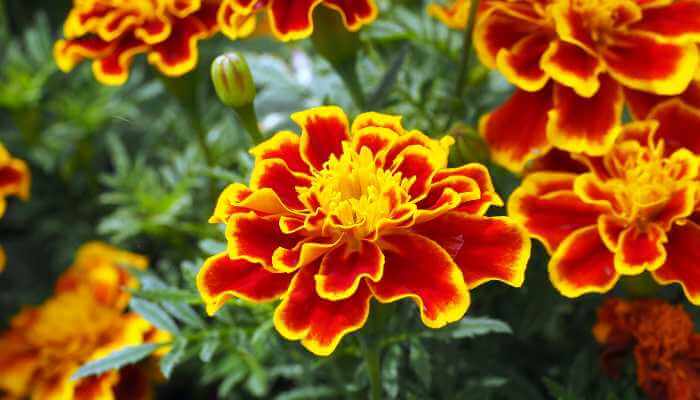
My grandmother used to say, “If you can kill a marigold, then I’ll believe you have a black thumb.” These hardy annuals come in bright colors, most of which are reds, golds, and yellows. They are my favorite fall flower, I suppose because of those colors. And it’s easy to collect their seeds and replant them the following year.
Getting More Butterflies in Your Backyard
As a review, here are the primary methods of attracting more butterflies. Be sure to plant local plants native to your area as much as possible. If not, at least do not introduce invasive plants. Plant flowers that will attract different butterflies (the more variety of flowers in your yard, the better!). Create a space where butterflies can land without being disturbed by other creatures. Don’t use chemical pesticides or plant killers on your plants.
